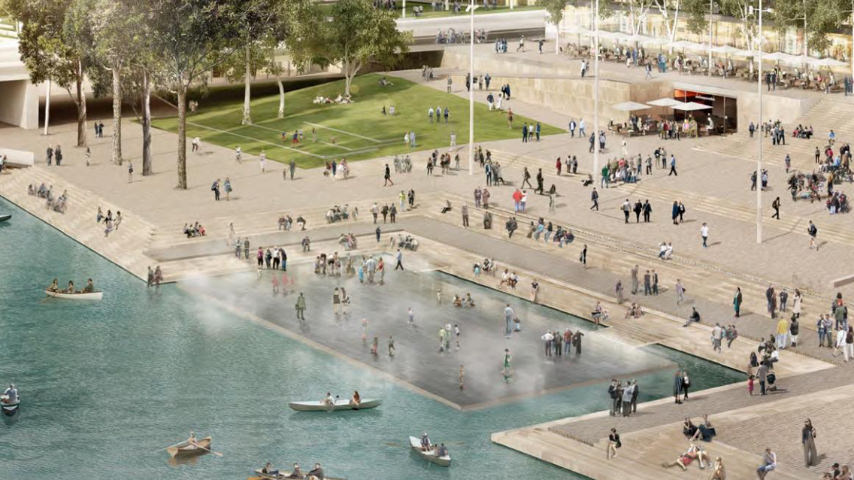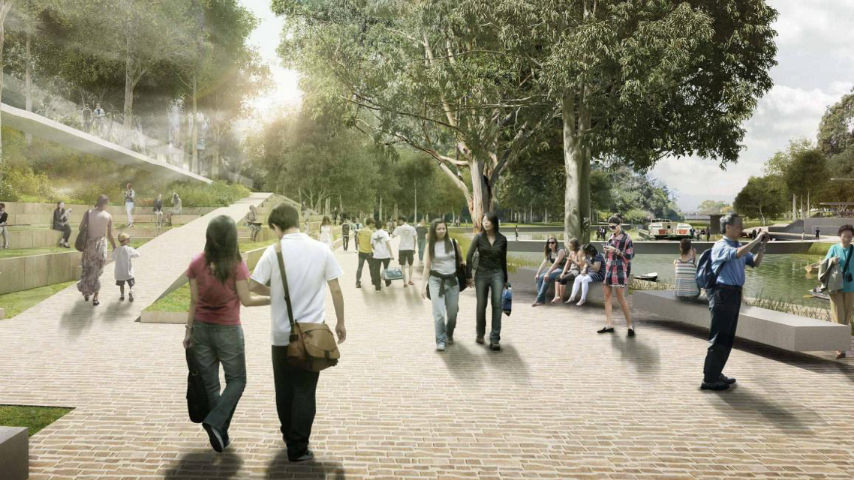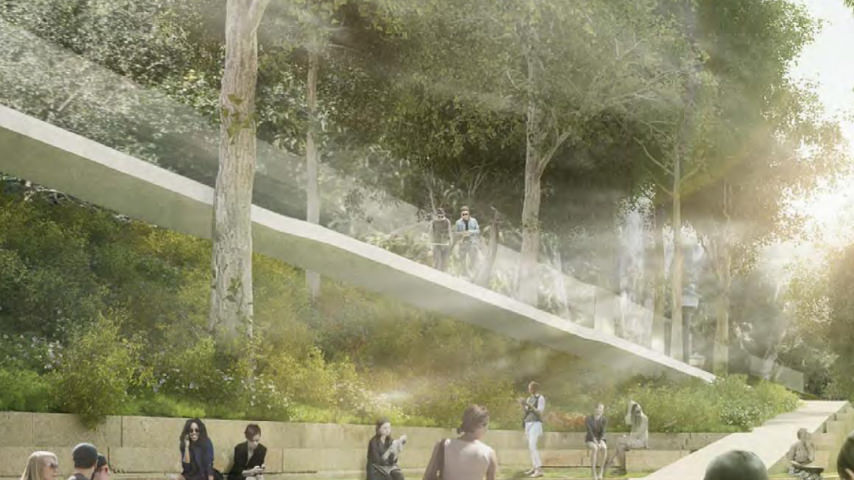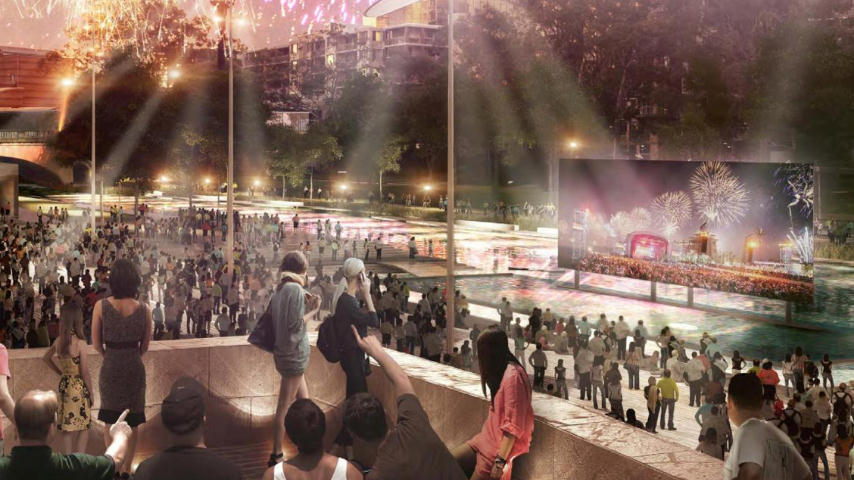Parramatta River Foreshore
The Parramatta River Strategy is a plan for revitalising the foreshore of the Parramatta River between Gasworks Bridge and Rings Bridge, O’Connell Street.
Parramatta City River Strategy
The Parramatta City River Strategy is a plan to sustainably harvest the green space value of the River foreshore. Initial development will extend East from the Marsden Street bridge lining the southern foreshore with walking and cycling tracks and casual retail and cafe offerings; while the northern foreshore plans include an outdoor theatrical development adjacent to the newly designed Riverside Theatres.
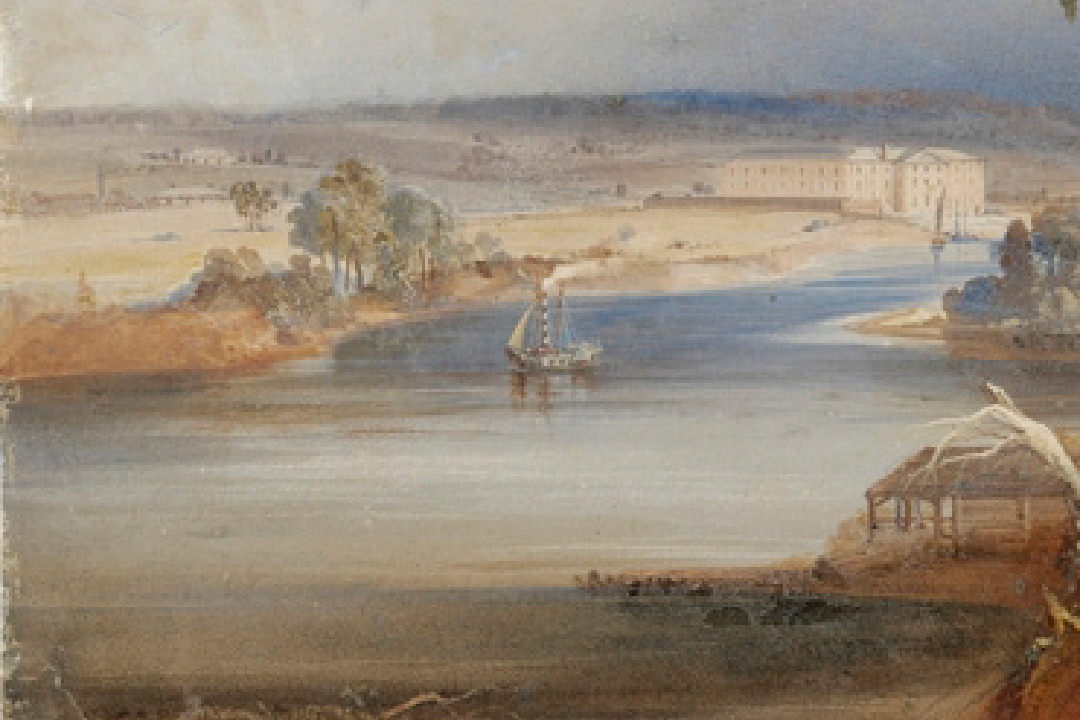
Parramatta River History
With its origins dating back 15 thousand years as a dry valley floor, the Parramatta River is a natural landscape that predates the City itself by more than 14 thousand years.
The River has enjoyed relationships with the Darug, Cadigal, Wangal, Toongagal, Wallumdegal, Wategora and, most directly, the Burramattagal Aboriginal people - all of whom used the river as an important source of spirituality, food, activity and trade over thousands of years.
And while much has changed in the past 200 years it remains a constant but evolving place of food, recreation and trade.
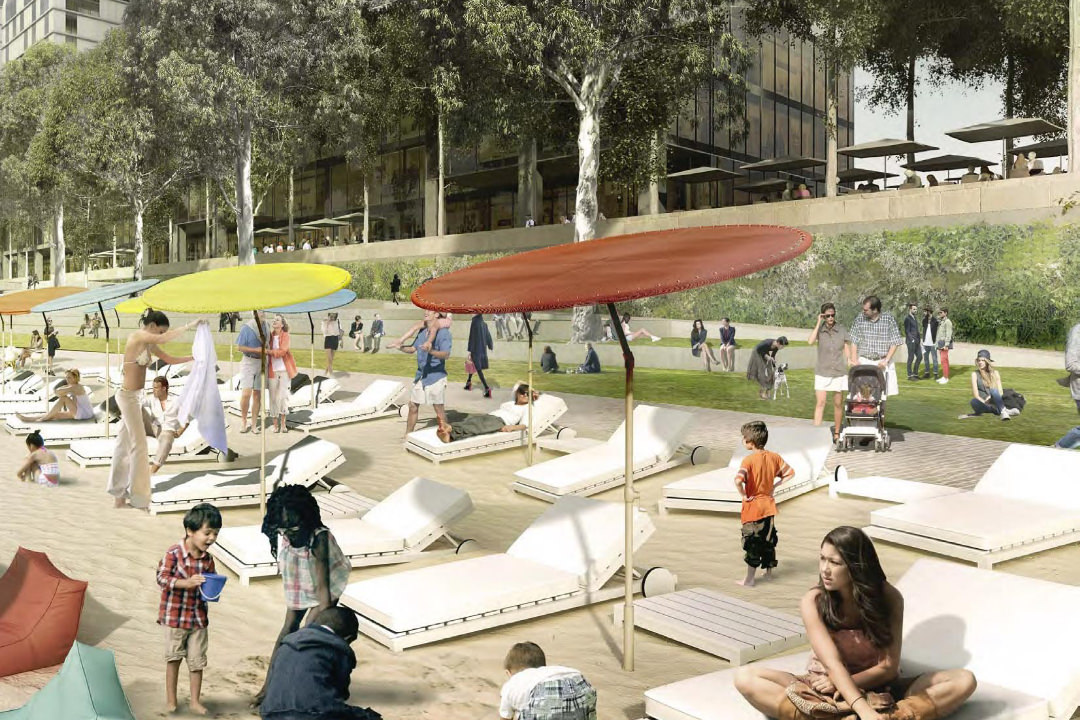
Importance & Competing Pressures
The modern day Parramatta River is the main tributary running into Sydney Harbour. It runs 14 kilometres passing 750-thousand people who live within its catchment area. By 2041, the City of Parramatta’s population alone is forecast to grow to 487,731 people.
In the last 200 years, loss of natural vegetation, native fauna due to reclamation dredging, non idyllic development, increased pollution and runoff resulting in erosion and flooding. Pressure on the natural environment has never been higher.
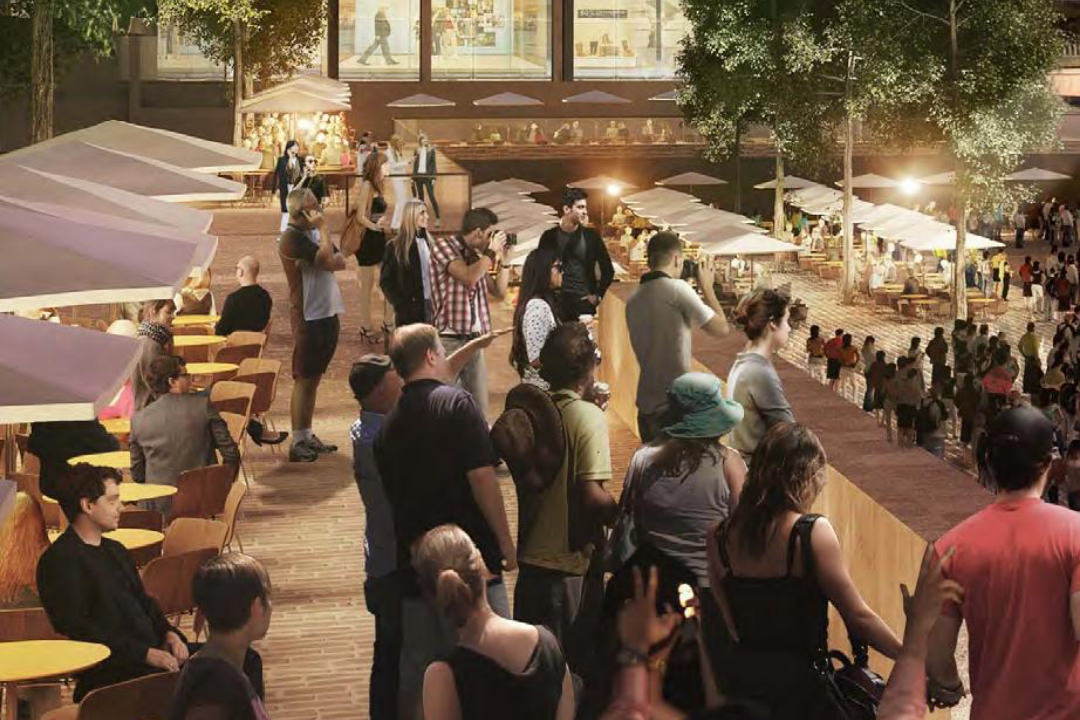
Collaboration & Innovation
Our Living River is a collaborative strategy produced by members of the Parramatta River Catchment Group including 11 councils, Sydney Water, NSW Environment Protection Authority and NSW Department of Planning, Industry & Environment.
At the heart of the Our Living River strategy is an objective to return the River to its pre-industrial form and give it back to the people. Aside from achieving its main goal of making the river swimmable by 2025 the Masterplan prioritises initiatives that restore cleanliness to support diverse wildlife, including birds, animals, healthy ecosystems, marine and plant life
Managing multiple uses of the River, current and future state are a critical consideration and are set out in the Masterplan as effective planning controls, improving stormwater infrastructure and providing better public access.



